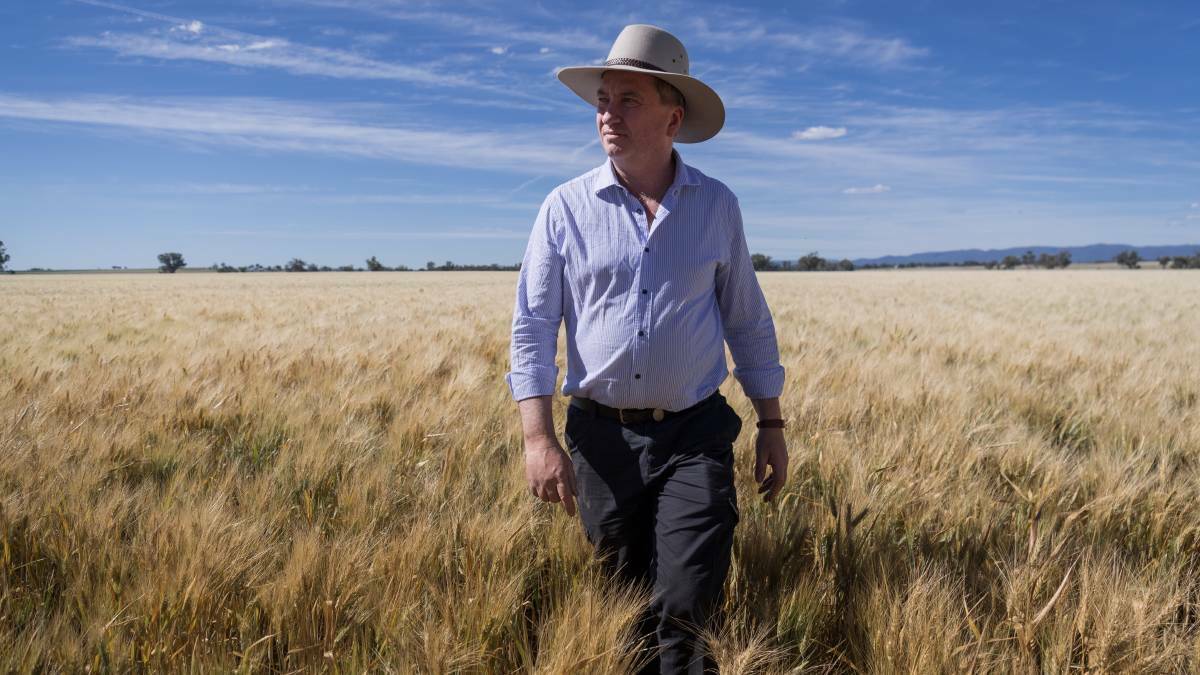
FEDERAL money doled out on population numbers mean rural and regional towns miss out.
Subscribe now for unlimited access.
or signup to continue reading
The federal government’s Financial Assistance Grants go to local councils for general purposes and improving local roads, and the NSW Liberals and Nationals have blocked a motion in the Upper House to establish an inquiry into the distribution of the grants that leaves many smaller communities out in the cold.
But, Member for New England Barnaby Joyce said he would support an inquiry.
“I think there does need to be a reassessment of the distribution of FAGs, I can say that now I’m on the back bench,” he said.
“I think they’re vastly more relevant to people in regional areas and if you go to the Gold Coast they probably get more from parking fines than they do from FAGs, in western areas we need them for roads.”
This financial year the federal government gave $6 million to Armidale Regional Council and $2 million to Walcha and Uralla, compared to $25 million on the Central Coast.
Shadow Minister for Local Government Peter Primrose said Labor will establish an inquiry if it wins the next election.
“Even the Local Government Grants Commission itself recognises that the current system is not working for rural and regional NSW,” he said.
“They are holding a limited review themselves but it does not even mention drought.
“In a time of prolonged drought, smaller rural and regional councils have been let down by Liberals and Nationals dragging their heels again.”
National Farmers’ Federation president James Jackson, of Guyra, said population should not be a key factor in determining where taxpayer funds for infrastructure go.
“If you take the view the economy only operates where there’s the most people you’re contradicting the obvious, that most comes from agriculture and mines so it’s pretty crazy,” he said.
“We’re politically impotent, it’s that conundrum because we don’t have many people, we don’t have many politicians and subsequently we don’t matter politically.
Read also:
“It’s not based on any rational look at the need and potential of investing in infrastructure in rural and regional Australia.
“The importance of infrastructure is that its critical to moving our goods around when it rains, you need B-Double access in large corridors to move stock around to agistment and slaughter in drought but most of the benefit of infrastructure is when it rains.”


